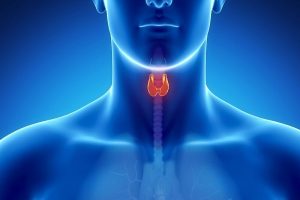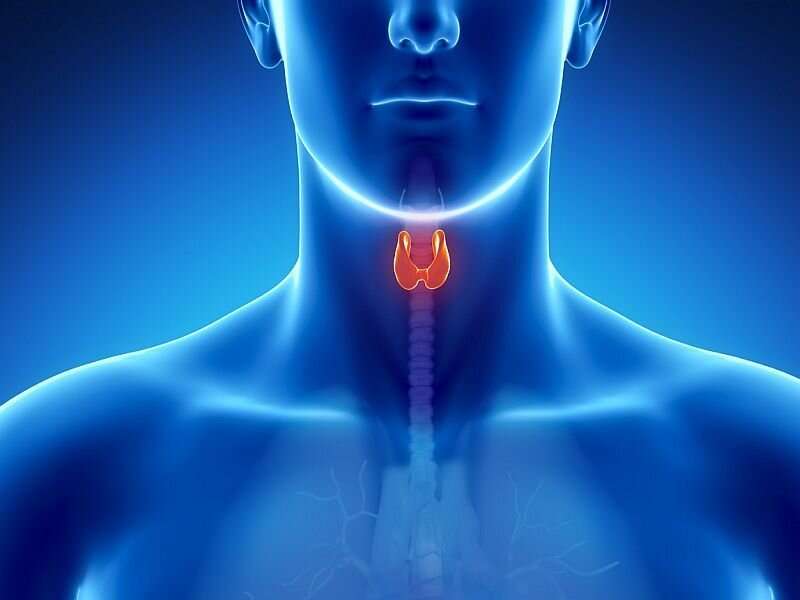Optimized AI strategy for thyroid nodules benefits some radiologists


An optimized artificial intelligence (AI) strategy can reduce diagnostic time-based costs for senior radiologists, while the traditional all-AI strategy seems more beneficial for junior radiologists, according to a study published online May 16 in JAMA Network Open.
Wen-Juan Tong, from The First Affiliated Hospital and Sun Yat-sen University in Guangzhou, China, and colleagues developed an optimized integration of AI decision aids for reducing radiologists’ workload while maintaining diagnostic performance compared to a traditional AI-assisted strategy.
A retrospective set of 1,754 ultrasonographic images of 1,048 patients with 1,754 thyroid nodules was used to build an optimized strategy based on how 16 junior and senior radiologists incorporated AI-assisted diagnosis results with different image features. The optimized strategy was compared to the traditional all-AI strategy using 300 ultrasonographic images of 268 patients with 300 thyroid nodules in the prospective set of the study.
The researchers found that the optimized strategy was associated with increased mean task completion times for junior radiologists but shorter times for senior radiologists compared with the traditional all-AI strategy. For readers 11 to 16, there was no significant difference observed in sensitivity (range, 91 to 100 percent) or specificity (range, 94 to 98 percent) between the two strategies.
“We recommend that junior radiologists apply the traditional all-AI strategy in thyroid nodule management, whereas senior radiologists should apply the optimized strategy,” the authors write. “These optimized integrations of AI decision aids have the potential to help radiologists reduce workload by decreasing diagnostic time-based costs while maintaining excellent diagnostic performance.”
More information:
Wen-Juan Tong et al, Integration of Artificial Intelligence Decision Aids to Reduce Workload and Enhance Efficiency in Thyroid Nodule Management, JAMA Network Open (2023). DOI: 10.1001/jamanetworkopen.2023.13674
Journal information:
JAMA Network Open
Source: Read Full Article